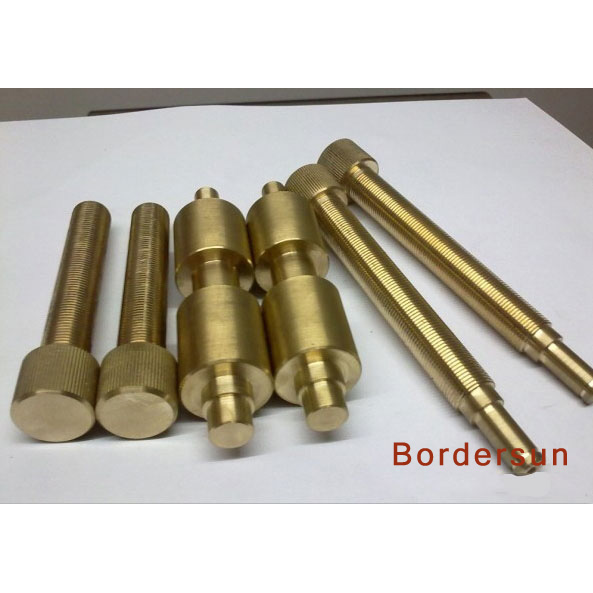Key information about CNC machining copper prototype
2024-03-19
CNC machining copper for a prototype involves several steps. Here's a general overview:
1. Design Preparation: Ensure you have a detailed design of the prototype you want to create. This design should include precise measurements and specifications.
2. Selecting the Copper Stock: Choose the appropriate grade and size of copper stock for your prototype. Copper is available in various grades, each with its own set of properties and suitable applications.
3. CNC Programming: Create a CNC program based on your design using CAM (Computer-Aided Manufacturing) software. This program will include instructions for the CNC machine to follow in order to carve out the desired shape from the copper stock.
4. Setting Up the CNC Machine: Mount the copper stock securely onto the CNC machine's worktable. Make sure it is properly aligned and fixed in place to prevent any movement during machining.
5. Tool Selection: Choose the appropriate cutting tools for machining copper. Carbide tools are commonly used for machining copper due to their hardness and resistance to wear.
6. Machining Parameters: Set the cutting parameters such as spindle speed, feed rate, and depth of cut based on the properties of copper and the requirements of your prototype. Copper is relatively soft compared to some other metals, so moderate cutting speeds and feeds are often used.
7. Machining Process: Run the CNC program to begin the machining process. The CNC machine will precisely follow the programmed toolpath to remove material from the copper stock and create the desired prototype shape.
8. Quality Control: Periodically inspect the prototype during machining to ensure dimensional accuracy and surface finish meet your requirements. Make any necessary adjustments to the machining parameters if needed.
9. Finishing Operations: After the rough machining is complete, you may need to perform additional finishing operations such as deburring, polishing, or surface treatments to achieve the desired final appearance and surface quality.
10. Final Inspection: Once the machining and finishing operations are complete, thoroughly inspect the prototype to ensure it meets all specifications and quality standards.
By following these steps, you can CNC machine a copper prototype with precision and accuracy. Make sure to consider the specific requirements of your project and adjust the process as necessary.



